
The European Commission has initiated a dialogue with EU member states, industry, and civil society to address Europe’s escalating water crisis. Despite progress in some areas, the Commission’s recent reports reveal that European rivers, lakes, and seas continue to face severe pollution, highlighting the scale of the problem and the need for a robust strategy to ensure cleaner and more sustainable water management.
EU’s Water Crisis: A Call for Action
The European Commission’s report on the state of water in the EU comes after a recent assessment by the European Environment Agency (EEA), which found that only 37% of Europe’s rivers and lakes meet the required ecological standards, and over two-thirds are affected by excessive chemical pollution. The findings align with long-standing concerns about the EU’s failure to fully implement key water directives, such as the Water Framework, Floods, and Marine Strategy Framework Directives. These reports fulfill a legal requirement for a comprehensive evaluation every six years.
One major issue identified is the insufficient progress in meeting the goals of the Nitrates Directive, which aims to reduce pollution from agriculture. Despite the directive being in place for almost 35 years, nitrate levels—often the primary cause of poor water quality—continue to be a problem across 17 member states.
Collaboration for Change
Rather than focusing on legal action, the Commission has opted for a more cooperative approach with member states. Commissioner for Environment, Jessica Roswall, emphasized the importance of dialogue to create political momentum for change. Roswall stressed that the goal is not to assign blame but to work collectively toward a solution. “We can no longer treat water as an endless resource,” she said, urging a focus on water circularity and efficiency as part of the solution to Europe’s water crisis, exacerbated by climate change and pollution.
The Commission’s approach combines both incentives (“carrots”) and legal actions (“sticks”), with enforcement actions being a last resort. Discussions with member states will occur at both technical and political levels, aiming to improve water management practices across the continent.
Water Resilience Strategy: A Path Forward
The upcoming EU water resilience strategy, set to address flooding, droughts, and water scarcity, will be influenced by the discussions sparked by this new dialogue. The Commission has already pointed to funding as a significant obstacle, with 86% of river basin management plans identifying funding shortfalls. The new strategy will aim to integrate water management with various policy areas, including agriculture, food security, and climate action.
Key areas for improvement include reducing water pollution from agriculture, urban wastewater, and industrial chemicals. The EU also intends to strengthen flood management systems, with Roswall warning that floods are becoming more frequent and severe. The Commission’s strategy will also advocate for the wider application of the “polluter-pays” principle, the elimination of harmful environmental subsidies, and more affordable pricing mechanisms for water users.


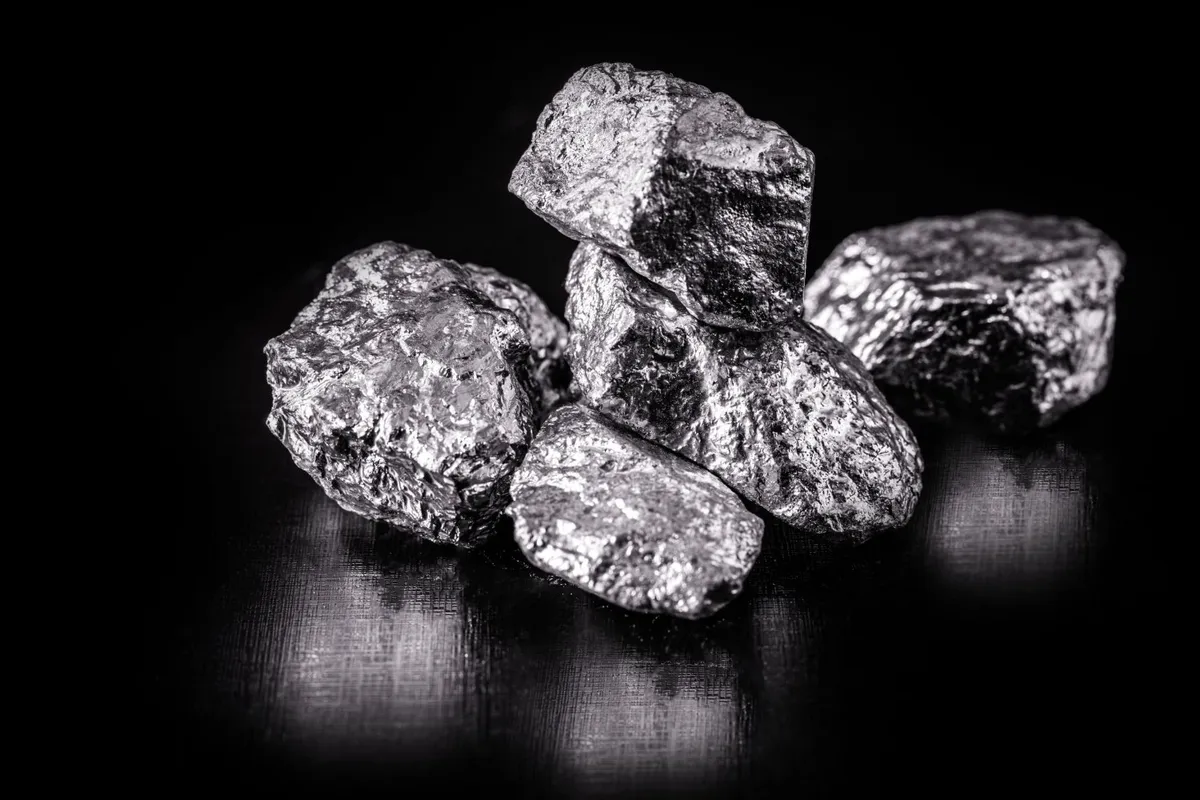

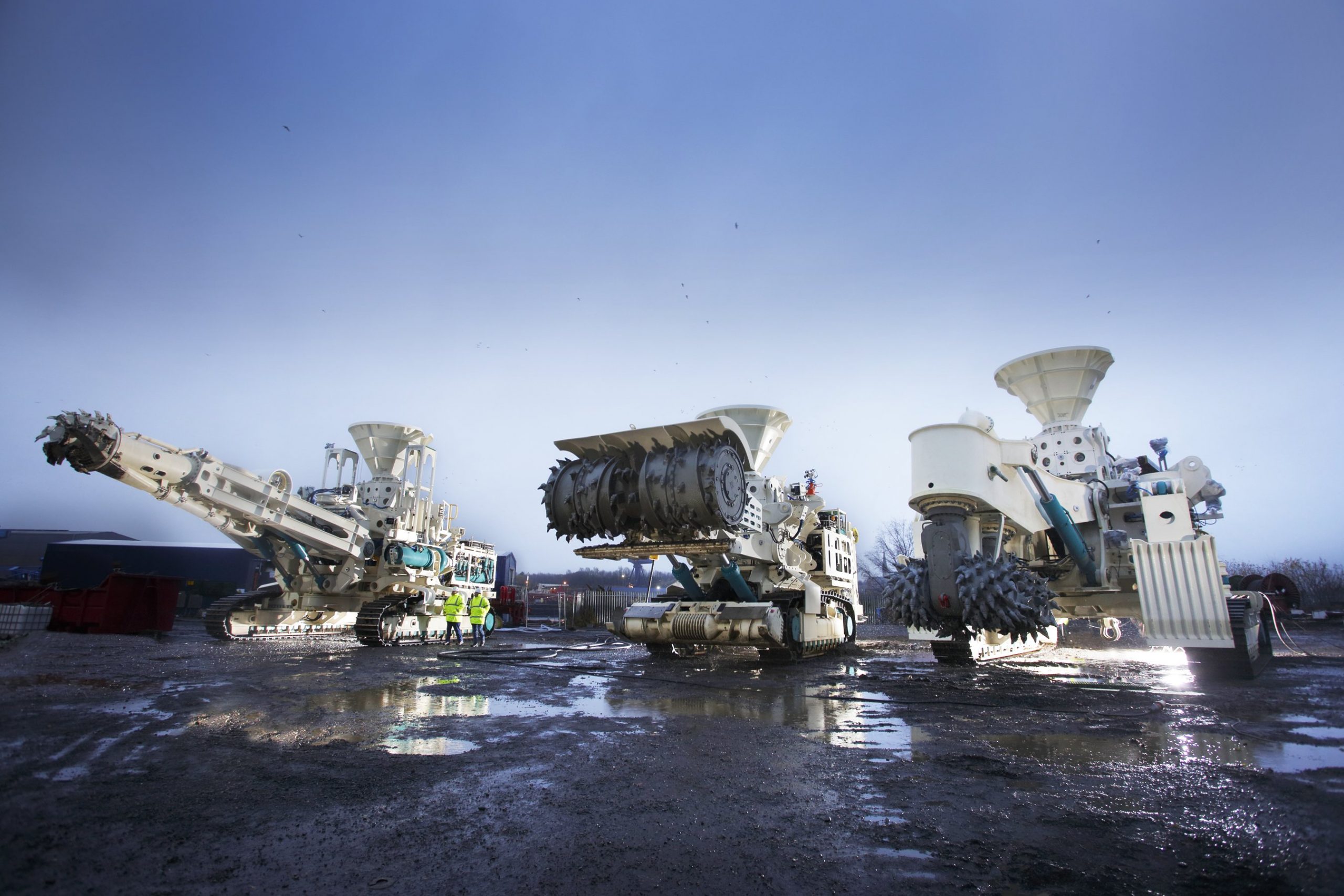


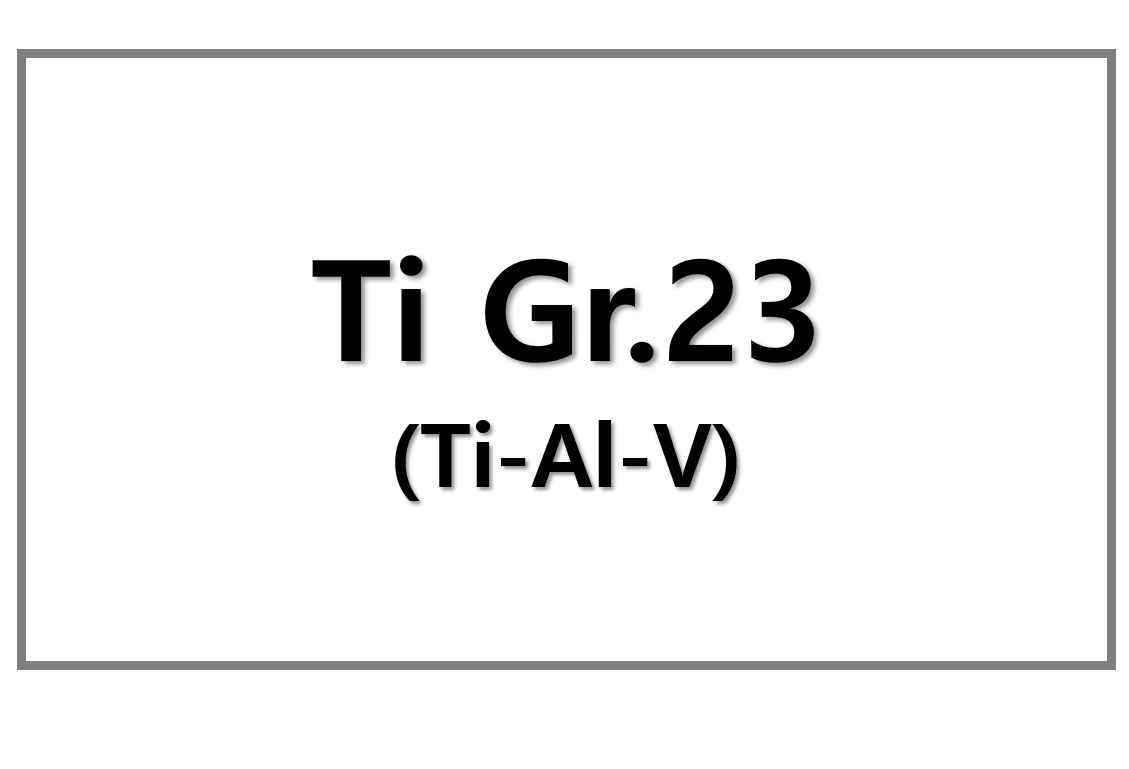
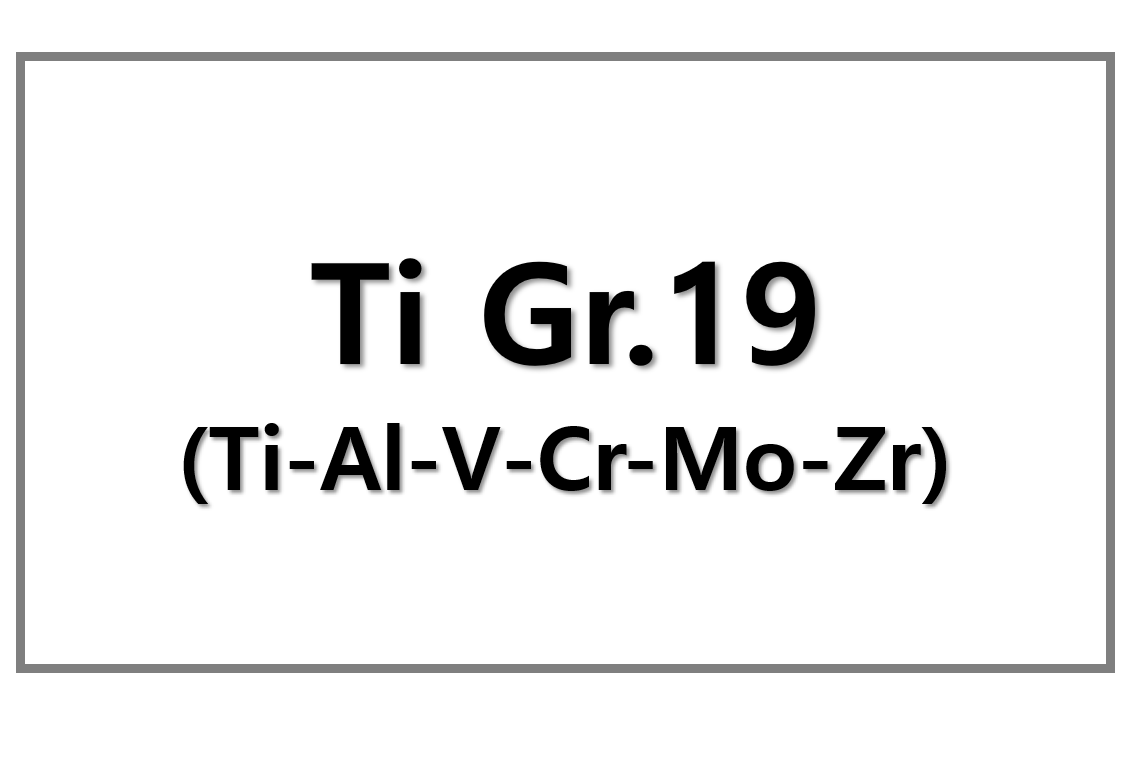
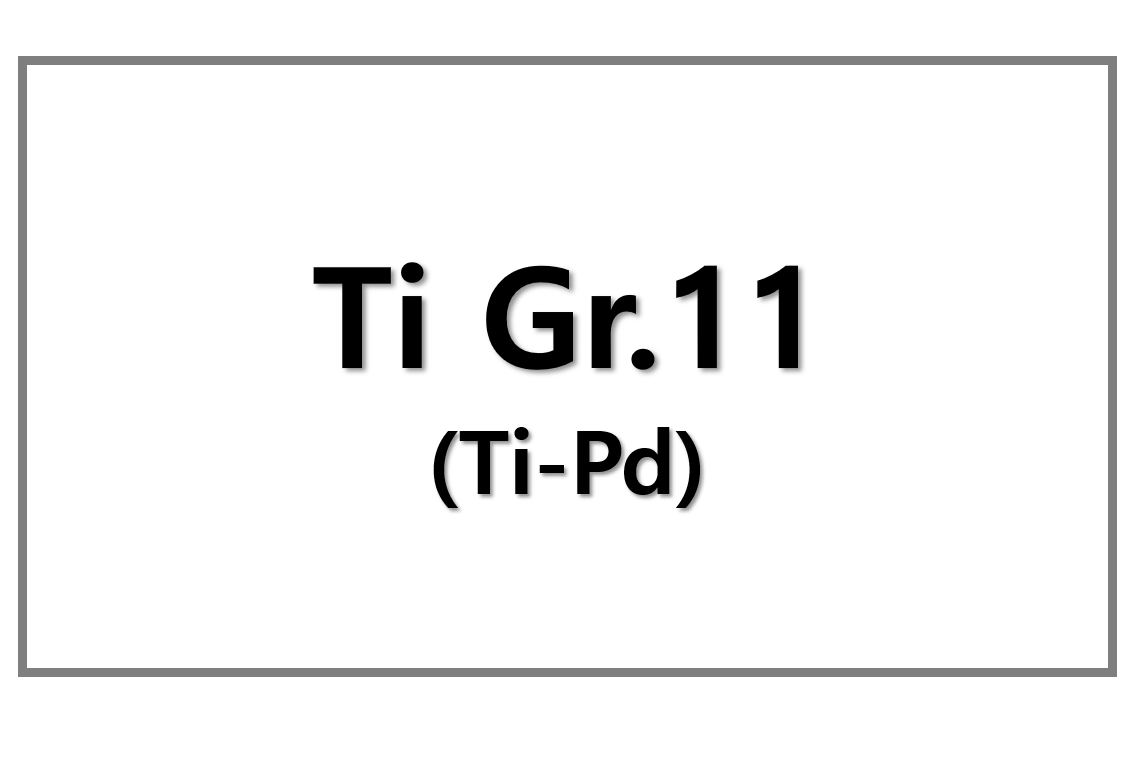
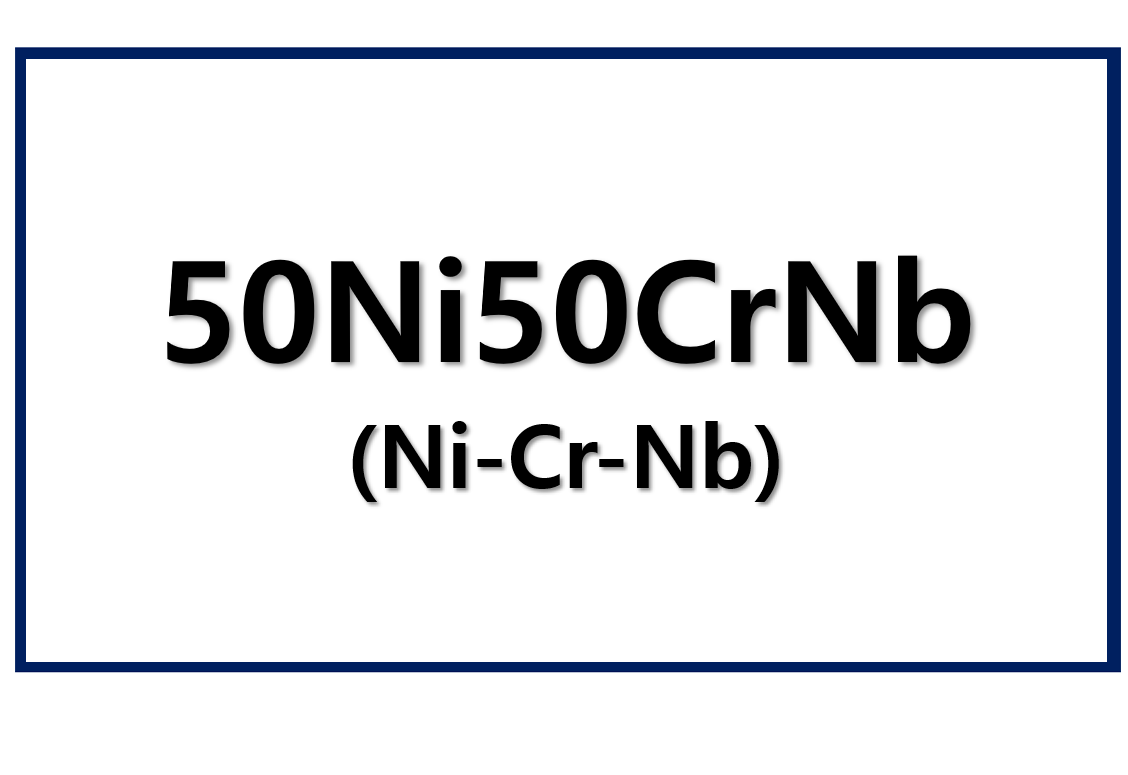
Leave a Reply
You must be logged in to post a comment.